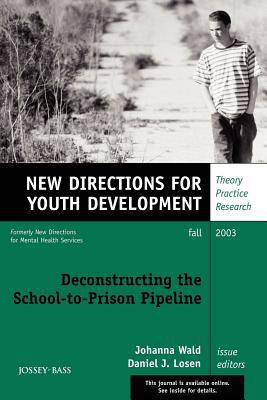
En raison d'une grêve chez bpost, votre commande pourrait être retardée. Vous avez besoin d’un livre rapidement ? Nos magasins vous accueillent à bras ouverts !
- Retrait gratuit dans votre magasin Club
- 7.000.000 titres dans notre catalogue
- Payer en toute sécurité
- Toujours un magasin près de chez vous
En raison de la grêve chez bpost, votre commande pourrait être retardée. Vous avez besoin d’un livre rapidement ? Nos magasins vous accueillent à bras ouverts !
- Retrait gratuit dans votre magasin Club
- 7.000.0000 titres dans notre catalogue
- Payer en toute sécurité
- Toujours un magasin près de chez vous
Description
Schools are often the safest, most stable, and most consistent forces in the lives of many children, exerting a positive, even miraculous, influence. They are places where many children are most likely to develop healthy, positive relationships with peers and adults. However, it has become increasingly clear that the opposite also holds true for a number of children, including a high proportion of poor children of color. Some school policies can drive students out before they have obtained the skills and credentials to advance in their lives, leading to devastating and permanent consequences, particularly on youths without other safety nets or supports to draw on. More and more often, schools and prisons are being mentioned in the same sentence, the language of both institutions becoming interchangeable.
This issue describes how school policies can have the effect, if not the intent, of setting youths on the "prison track." It also identifies programs and policies that can help schools maintain safety and order while simultaneously reaching out to those students most in need of structure, education, and guidance. Offering a balanced perspective, this issue begins to point the way toward less punitive, more effective, hopeful directions.
This is the 99th volume of the quarterly journal New Directions for Youth Development.
Spécifications
Parties prenantes
- Auteur(s) :
- Editeur:
Contenu
- Nombre de pages :
- 144
- Langue:
- Anglais
- Collection :
- Tome:
- n° 7
Caractéristiques
- EAN:
- 9780787972271
- Date de parution :
- 27-10-03
- Format:
- Livre broché
- Format numérique:
- Trade paperback (VS)
- Dimensions :
- 152 mm x 229 mm
- Poids :
- 213 g

Les avis
Nous publions uniquement les avis qui respectent les conditions requises. Consultez nos conditions pour les avis.






